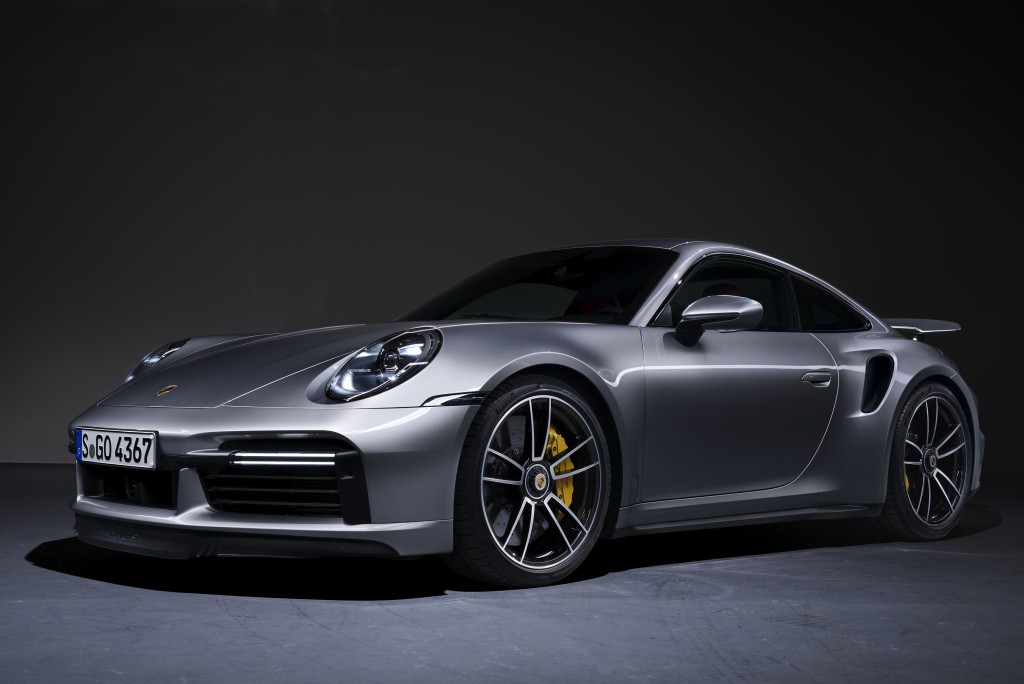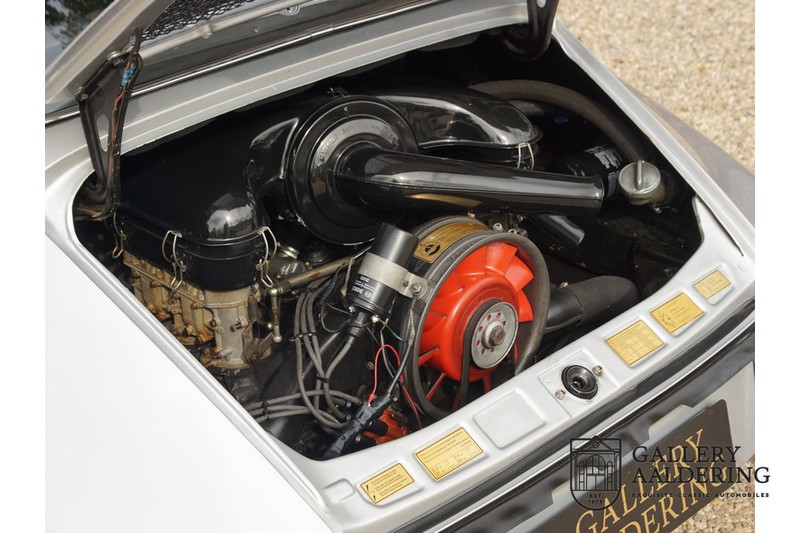
Erwin Komenda, the leader of the Porsche car body construction department who initially objected, was also involved later in the design. 7 prototypes were built based on Butzi Porsche's original design and were internally called the Porsche 754 T7. Butzi Porsche initially came up with a notchback design with proper space for seating two rear passengers but Ferry Porsche insisted that the 356's successor was to use its fastback styling. The styling was largely penned by Ferdinand "Butzi" Porsche, son of Ferdinand "Ferry" Porsche.
#1965 porsche 911 engine manual#
A four or five-speed "Type 901" manual transmission was available. The car had four seats although the rear seats were small, thus it is usually called a 2+2 rather than a four-seater (the 356 was also a 2+2). The first models of the 911 had a rear-mounted 130 hp (97 kW) Type 901/01 flat-6 engine, in the " boxer" configuration like the 356, the engine is air-cooled and displaces 1,991 cc (2.0 L) as compared to the 356's four-cylinder, 1,582 cc (1.6 L) unit. Production began in September 1964, with the first 911s exported to the US in February 1965. Internally, the cars' part numbers carried on the prefix 901 for years. Instead of selling the new model with a different name in France, Porsche changed the name to 911. However, French automobile manufacturer Peugeot protested on the grounds that in France it had exclusive rights to car names formed by three numbers with a zero in the middle. A total of 82 cars were built as which were badged as 901s. It originally was designated as the "Porsche 901" (901 being its internal project number). The car was developed with the proof-of-concept twin-fan Type 745 flat-six engine, but the car presented at the auto show had a non-operational mockup of the single-fan 901 engine, receiving a working unit in February 1964. The new car made its public debut at the 1963 Frankfurt Motor Show ( German: Internationale Automobil-Ausstellung).

The Porsche 911 was developed as a more powerful, larger and a more comfortable replacement for the 356, the company's first model. The 911 traces its roots to sketches drawn by Ferdinand "Butzi" Porsche in 1959. The original Porsche 901 on display at the 2019 Geneva Motor Show Now available as an RS (Renn Sport) model only. No cabriolet version has ever been produced to date.

ĩ11s have also been categorized into families based on body styles or engine enhancements:
#1965 porsche 911 engine series#
996 (1999–2004) all-new body and water-cooled enginesĪ series letter is used by Porsche to indicate the revision for production cars, usually on an annual basis.The model series and associated internal codes are as follows:
#1965 porsche 911 engine code#

The 911 has been raced extensively by private and factory teams, in a variety of classes. The engines were air-cooled until the introduction of the 996 series in 1998. The car has been continuously enhanced through the years but the basic concept has remained unchanged.

It has a rear-mounted flat-six engine and originally a torsion bar suspension. The Porsche 911 (pronounced Nine Eleven or in German: Neunelfer) is a two-door 2+2 high performance rear-engined sports car introduced in September 1964 by Porsche AG of Stuttgart, Germany.


 0 kommentar(er)
0 kommentar(er)
